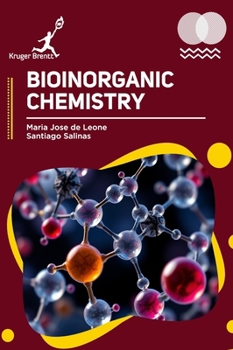Bioinorganic Chemistry
of metal ions in biological systems, including their importance in structural, catalytic, and regulatory functions within living organisms.
Metalloenzymes and Catalysis: Discuss metalloenzymes, enzymes that contain metal ions as cofactors, and their role in catalyzing essential biochemical reactions, such as oxygen transport (hemoglobin), electron transfer (cytochromes), and nitrogen fixation (nitrogenase).
Metal Ion Transport and Storage: Explore mechanisms for metal ion transport and storage in biological systems, including proteins like ferritin for iron storage and transferrin for iron transport, essential for maintaining metal ion homeostasis.
Bioinorganic Medicinal Chemistry: Examine the use of metal-based compounds in medicine, including platinum-based drugs like cisplatin for cancer treatment, and contrast agents used in imaging techniques such as MRI.
Photosynthesis and Electron Transfer: Discuss the role of metal ions in photosynthesis, specifically in the electron transport chain and the oxygen-evolving complex, which contains manganese and plays a critical role in converting light energy into chemical energy.
Analytical Techniques in Bioinorganic Chemistry: Highlight techniques used to study metal ions in biological systems, such as X-ray crystallography, electron paramagnetic resonance (EPR), and nuclear magnetic resonance (NMR) spectroscopy, providing insights into metal binding and function.





